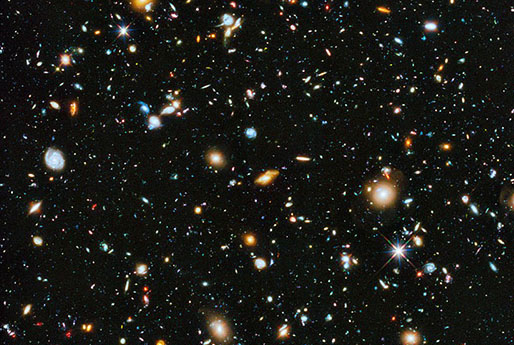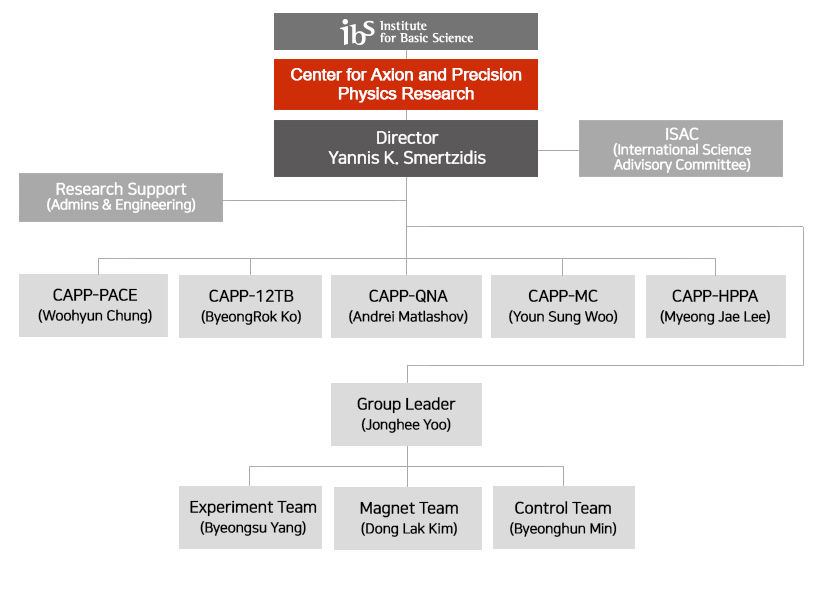주메뉴
- About IBS 연구원소개
-
Research Centers
연구단소개
- Research Outcomes
- Mathematics
- Physics
- Center for Theoretical Physics of the Universe(Particle Theory and Cosmology Group)
- Center for Theoretical Physics of the Universe(Cosmology, Gravity and Astroparticle Physics Group)
- Center for Exotic Nuclear Studies
- Center for Artificial Low Dimensional Electronic Systems
- Center for Underground Physics
- Center for Axion and Precision Physics Research
- Center for Theoretical Physics of Complex Systems
- Center for Quantum Nanoscience
- Center for Van der Waals Quantum Solids
- Chemistry
- Life Sciences
- Earth Science
- Interdisciplinary
- Institutes
- Korea Virus Research Institute
- News Center 뉴스 센터
- Career 인재초빙
- Living in Korea IBS School-UST
- IBS School 윤리경영


주메뉴
- About IBS
-
Research Centers
- Research Outcomes
- Mathematics
- Physics
- Center for Theoretical Physics of the Universe(Particle Theory and Cosmology Group)
- Center for Theoretical Physics of the Universe(Cosmology, Gravity and Astroparticle Physics Group)
- Center for Exotic Nuclear Studies
- Center for Artificial Low Dimensional Electronic Systems
- Center for Underground Physics
- Center for Axion and Precision Physics Research
- Center for Theoretical Physics of Complex Systems
- Center for Quantum Nanoscience
- Center for Van der Waals Quantum Solids
- Chemistry
- Life Sciences
- Earth Science
- Interdisciplinary
- Institutes
- Korea Virus Research Institute
- News Center
- Career
- Living in Korea
- IBS School
Research Centers
- Research Outcomes
- Mathematics
- Physics
- Center for Theoretical Physics of the Universe(Particle Theory and Cosmology Group)
- Center for Theoretical Physics of the Universe(Cosmology, Gravity and Astroparticle Physics Group)
- Center for Exotic Nuclear Studies
- Center for Artificial Low Dimensional Electronic Systems
- Center for Underground Physics
- Center for Axion and Precision Physics Research
- Center for Theoretical Physics of Complex Systems
- Center for Quantum Nanoscience
- Center for Van der Waals Quantum Solids
- Chemistry
- Life Sciences
- Earth Science
- Interdisciplinary
- Institutes
- Korea Virus Research Institute
Searching for dark matter axions to explain the formation of the universe
Tel. +82-42-350-2562
Fax +82-42-350-8167
IBS Center for Axion and Precision Physics Research
Office C301, Creation Hall (3F), KAIST Munji Campus, 193 Munji-ro, Yuseong-gu, Daejeon 34051, South Korea
Director

Director Yannis SEMERTZIDIS
Yannis Semertzidis is a Professor of the Physics department of KAIST and the director of the IBS Center for Axion and Precision Physics Research, established in October 2013.
He received his Ph.D. from University of Rochester, NY/USA in 1989 doing a number of precision physics experiments at Brookhaven National Lab related to axions. He subsequently joined the BNL Physics dept. working on muon physics and initiated a new method for measuring hadronic electric dipole moments (EDM) in storage rings. He rose to the ranks of senior scientist with tenure at BNL, he is a Fellow of the American Physical Society and has received awards and distinctions.
Introduction
 Image provided by NASA and STScI with Hubble Telescope.
Image provided by NASA and STScI with Hubble Telescope.
Permeating all space, axions could hold the secret to dark matter
- - Established an axion search group capable of answering whether axions are a significant part of the dark matter. Our recent inventions will permit us to check them down to 10% contents of the local dark matter density.
- - Preparing a storage ring proton EDM experiment with unprecedented sensitivity, capable of reaching physics at much higher energy scale than the Large Hadron Collider at CERN.
Main research activities
The IBS Center for Axion and Precision Physics Research (CAPP) is located in Daejeon City at the Korea Advanced Institute of Science and Technology (KAIST). Our center has launched several state of the art axion dark matter experiments with the best sensitivity in the world for our frequency of interest. CAPP also plays a leading role in the proton electric dipole moment experimental international effort and participates in the muon g-2 experiments at Fermilab in the USA and at J-PARC in Japan.
The latest measurements indicate that dark matter constitutes about 25% of the energy in the universe. Among the leading dark matter candidates are particles such as axions, and weakly interacting massive particles (WIMPs), e.g., the lightest supersymmetric particle. (WIMP searches are the subject of several groups around the world including the IBS Center for Underground Physics in Korea.) Axions were postulated to solve a large problem in strong interactions: even though the theory of strong interactions predicts a large violation of certain symmetries, those of P-parity and T-time reversal, the limit on the electric dipole moment (EDM) of the neutron is already too small, some ten orders of magnitude smaller than expected.
A massive axion is excluded by several experiments and astrophysical limits. A prominent Korean theorist prof. Jihn E. Kim suggested that a light-mass axion would also work as well. The light axions have the advantage that they could constitute the dark matter of our universe. It is currently believed that axion masses roughly between 0.001 meV and 1meV could be ideal dark matter candidates. Depending on their mass, there could be about 1014axions/cm3, to fill the dark matter density quota of about 0.5GeV/cm3.
We are currently using a method suggested by Prof. P. Sikivie, to convert the axions into microwave photons inside a large volume, high magnetic field, and a high-quality microwave cavity. We are also exploring different geometries that can prove to be even more advantageous. The expected conversion rate is very small, of order 10-23W, making it the faintest signal possible in a realistic experiment.
Once the axions are discovered, a new physics field, axion astrophysics, may be launched, opening new horizons in our knowledge of the universe and the dynamics of our galaxy.
In addition, the center is playing a leading role in the storage ring proton EDM experiment to improve the sensitivity by several orders of magnitude down to 10-29ecm, making it the best hadronic EDM experiment in the world. A successful proton EDM experiment could help explain the matter-antimatter asymmetry mystery of our universe. In the muon g-2 experiment, testing the standard model to high accuracy, we are developing the RF-system used for the elimination of the coherent betatron oscillations and muon losses, both leading systematic error sources in the experiment.
Organization

Main research results
- Axion Dark Matter Research with IBS/CAPP
(arXiv.org, 2019) - CAPP's Axion data with frequency range from 2.45 to 2.75 GHz
(Proceedings of Science, 2019) - Axionlike dark matter search using the storage ring EDM method
(Physical review D, 2019) - Hybrid ring design in the storage-ring proton electric dipole momnet experiment
(Physical review accelerators and Beams, 2019) - New CAST limit on the axion-photon interaction
(Nature Physics, 2017)
Personnel
| Total | 47 |
|---|---|
| Gender | 43(Male), 4(Female) |
| Korean/ International | 39(Korean), 8(International) |
Degree
Position
As of January. 2020
- Content Manager
- Center for Axion and Precision Physics Research : Lee Jeung Han 042-350-8168
- Last Update 2022-01-27 16:19












